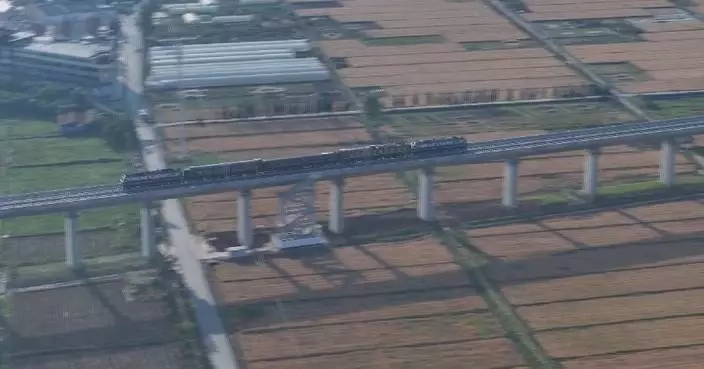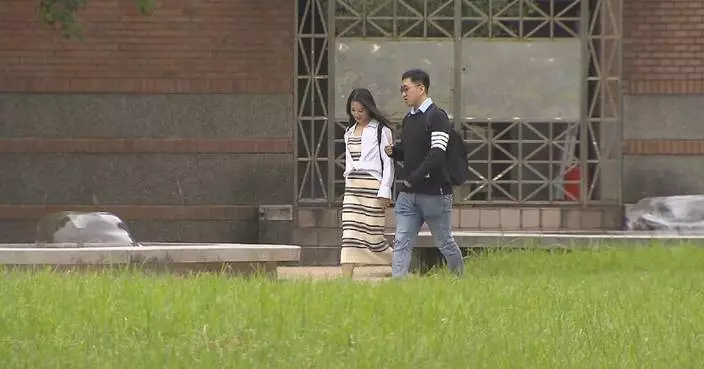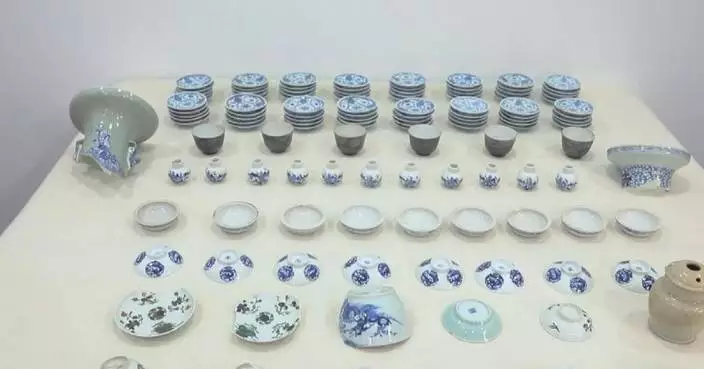China's renaissance in the 21st century has brought stability and progress to the entire world, said a French sinologist, who has spent many years living and working in China.
In the latest episode of "China Talk" aired on Sunday, which is a special China Global Television Network (CGTN) series that celebrates China-France friendship, David Gosset, the founder of the China-Europe-America Global Initiative, shared his insights on the Chinese renaissance and its role in global progress.
Gosset made his first visit to China in 1996 and has since begun to study the country, and forged an indissoluble bond with it. Noting that he has been a witness to the "absolutely enormous" change in China over the past two decades, the sinologist said that for such a civilization that has occupied a position of centrality for long periods of time in history, change also means the reinterpretation of its classical tradition.
Given that China had much flourishing age in ancient times, such as the Han Dynasty (206 BC-220 AD), the Tang Dynasty (618-907), and the Song Dynasty (960-1279), China is not emerging from nowhere, but is returning, Gosset said.
Gosset has had chances to travel all around China. He suggested people who do not know China, especially those in the West, to visit China for a firsthand understanding of the country and its people.
"Some people in Europe, they do not understand, in my opinion, China enough. It takes time to understand China. And what I said to these people in Europe, who, let us say in a very blunt way, are afraid of China. I would tell them to come to China, talk to Chinese people, and you will see how open they are to cooperation and actually to create the conditions for global progress," he said.
China's 1.4 billion people of 56 ethnic groups living together in harmony impressed Gosset, who said that there are helpful conclusions that could be drawn from the type of cohesion in China that could be used to build a more cohesive and harmonious Europe.
Looking back at the past 60 years of the China-France diplomatic relations and looking forward to the future, Gosset emphasized the need for the two countries to bear in mind the history and continue cooperation, while also planning systematically for further development with an innovative spirit.
"France and China, the two countries that are celebrating their 60th anniversary of diplomatic relations between the two countries have many things to achieve together. And for me, I see these two countries being at the avant-garde of global cooperation. I think this is time to open conversation more systematic on artificial intelligence, quantum computing, biotechnology and green technology. We have great scientists in France and in China. And I would like to see even more exchanges," said Gosset.
He also urged the European Union to formulate its own policy towards China as an independent strategic actor, rather than having it determined by external forces, leading to a more stable China-Europe relationship and more synergies between the two sides, which would also mean greater prosperity for the Eurasian continent.
Highlighting China's efforts to promote high-quality development, Gosset said that China's consistent pursuit of opening up is bringing more opportunities for the rest of the world to share the development.
"I believe that China has decided to stay on the track of reforms and opening up that started in 1978. Actually, China's opening up to the world is going on. It means that the world is welcome to China, but it means also that China is going to the world. And it's very natural for me. I am not surprised to see that with its growing success, China has more and more influence in the world affairs. The Chinese renaissance, for the Chinese people of course it's a fantastic opportunity, but also for the world it is a source of stability and progress," Gosset said.

China's renaissance brings stability, progress to whole world: French sinologist









